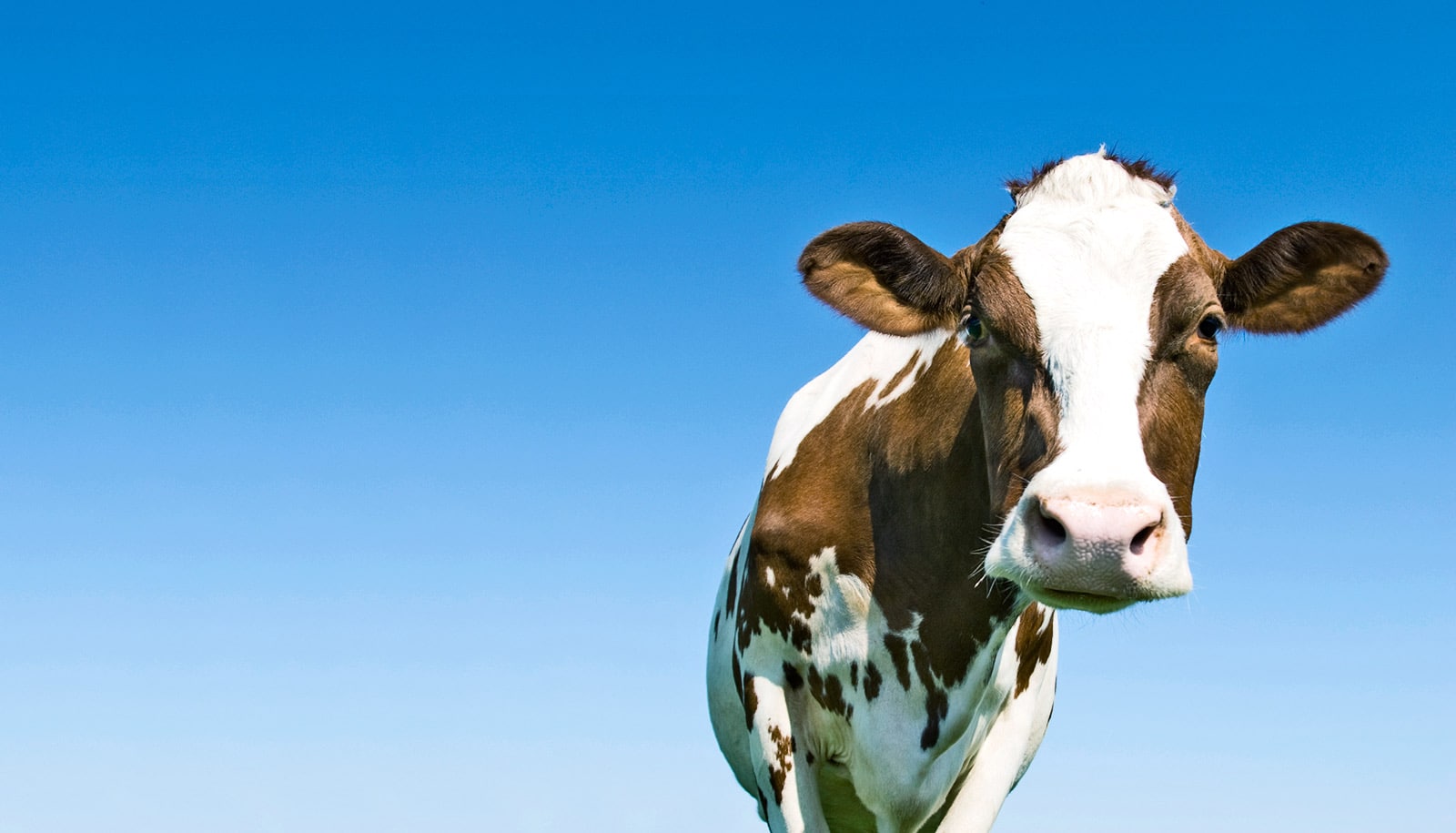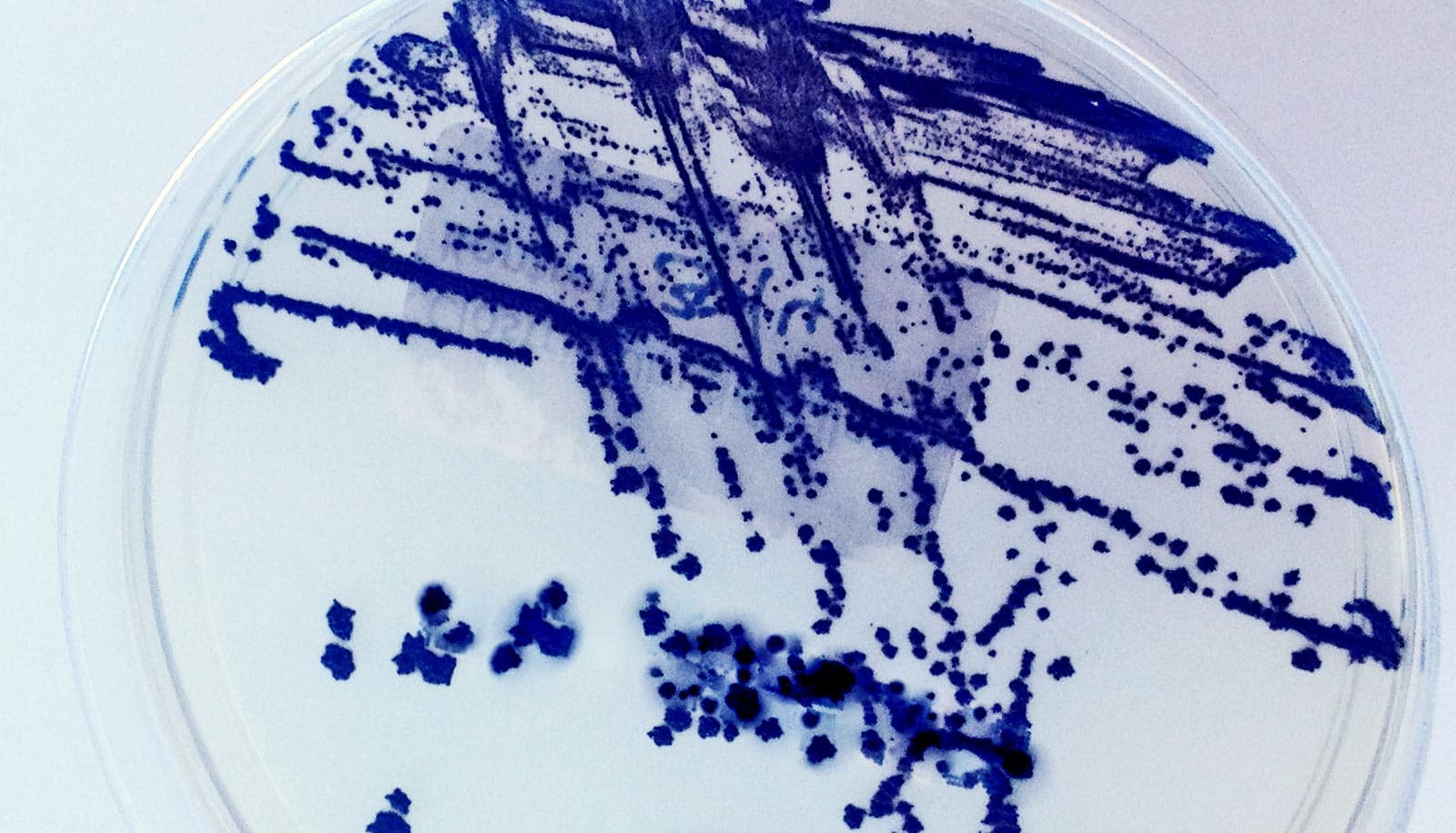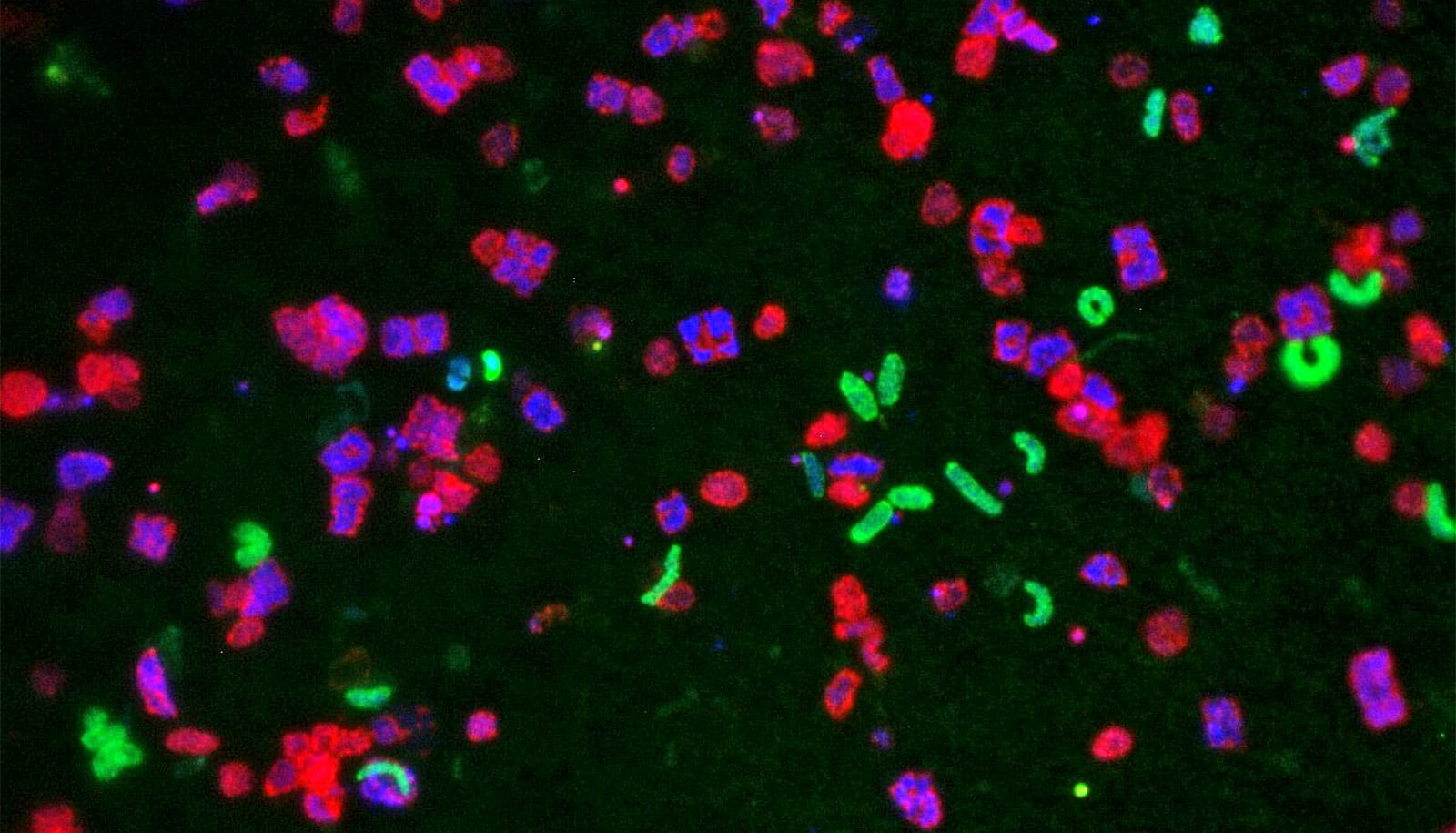Researchers have created a much faster test for Salmonella bacteria.
Salmonella, one of the leading causes of food-borne illness across all regions of the world, can infect animals as well as people, with commonly reported cases of people falling sick after handling pets and livestock.
Tests that used to take days now take 24 hours, with a hundredfold improvement in detection for at least one type of Salmonella—called Salmonella Dublin—that is an emerging concern and is difficult to grow in culture, making diagnosis difficult.
The new method, first developed for automated food safety testing and then adapted by scientists for a wider range of sample types, can detect the bacteria from environmental and clinical samples, including swabs, feces, milk, and blood. The test improves diagnosis time from as many as five days using current procedures.
“Because we have this 24-hour turnaround time with the new test, there are veterinary hospitals and clinics that can test and get results rapidly and make sure they are not exposing other animals to Salmonella,” says Belinda Thompson, an assistant clinical professor at the Animal Health Diagnostic Center at Cornell University and a senior author of the paper.
Fast clinical diagnoses also allow veterinarians to quickly quarantine an infected animal.
Salmonella Dublin is “host adapted” in cattle, meaning infected animals can become permanent or long-term carriers, putting herd mates, especially susceptible calves, at risk. This strain can infect people who may be exposed by contact with infected animals, by drinking raw milk, or by consuming other contaminated food products.
In humans, Salmonella Dublin has higher hospitalization and fatality rates than other Salmonella types; it causes systemic infection of body tissues, similar to typhoid.
Oops! Our bodies can make Salmonella more toxic
“Salmonella biosurveillance in veterinary facilities is critical because animals can shed the bacteria without showing clinical disease signs,” says Laura Goodman, a senior research associate in the university’s population medicine and diagnostic sciences department and lead author of the study.
Goodman adds that the method described in the study is now available as an environmental testing program through the Animal Health Diagnostic Center.
The Food and Drug Administration (FDA) Veterinary Laboratory Investigation and Response Network funded and developed the test in collaboration with the Cornell researchers.
The researchers report their work in the Journal of Veterinary Diagnostic Investigation.
Source: Cornell University



